Woodland Maintenance Advice: How to Keep Forests Healthy
- August 15, 2024
- 0 comment
Caring for woodland areas is important for nurturing biodiversity, ensuring sustainable timber production, and maintaining a balanced ecosystem. By implementing effective woodland maintenance practices, you can significantly enhance the resilience and vitality of forests.

Practical woodland maintenance advice on various aspects of caring for woodlands can help you keep your forests healthy and thriving.
Assessing Forest Health
Indicators of a Healthy Forest
Healthy forests are characterized by diverse plant species, robust tree growth, and a balanced ecosystem. Key indicators include:
- Tree vitality: Strong, disease-free trees with healthy foliage and minimal deadwood.
- Biodiversity: Presence of various plant and animal species, including a healthy understory.
- Soil quality: Rich, well-drained soil that supports diverse plant life.
- Water quality: Clean water sources that support aquatic and terrestrial life.
Conducting Regular Health Assessments
Regular health assessments are essential for early detection of potential issues. These assessments should be conducted seasonally to monitor changes and implement timely interventions.

Utilize both visual inspections and scientific measurements, such as soil and water tests, to get a comprehensive understanding of forest health.
Tools and Techniques for Monitoring Forest Conditions
Utilize tools such as GPS for mapping, drones for aerial surveys, and traditional methods like visual inspections to monitor forest health. Combining modern technology with hands-on approaches ensures comprehensive assessments.
Drones can capture detailed aerial images, allowing for the identification of areas needing attention. Soil and water tests can detect nutrient deficiencies and contaminants.
Enhanced Tree Care and Maintenance
Tree Thinning Techniques
1. Thinning from Below (Low Thinning)
Removes smaller, suppressed trees in the lower canopy, allowing dominant trees to access more light and nutrients. This method helps maintain a diverse age structure and promotes the growth of high-quality trees.
2. Thinning from Above (Crown Thinning)
Focuses on removing trees from the upper canopy that overshadow the desirable trees. By increasing light penetration to the lower canopy, this technique supports the growth of understory plants and younger trees.
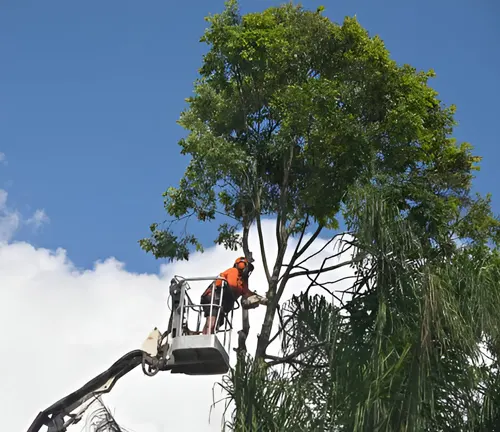
3. Selection Thinning
specific trees to favor the growth of particular species or individuals with desirable traits. This method is often used to enhance the genetic quality of the stand or to promote species diversity.
Pruning Practices
Pruning is essential for removing dead or diseased branches and promoting healthy growth. The best times for pruning are late winter or early spring, using clean, sharp tools to avoid damaging the tree and to improve air circulation and light penetration.
Disease and Pest Management
Identifying and managing diseases and pests early can prevent significant damage. Common threats include insects like bark beetles, root rot, and invasive species, with control measures involving biological controls, responsible pesticide use, and proper tree health maintenance through watering and fertilization.
Soil and Water Management
Healthy soil supports robust tree growth and a diverse ecosystem. Maintaining soil health involves ensuring adequate nutrients and preventing erosion. Soil should be tested regularly for nutrient levels and pH balance, and appropriate amendments should be added as needed.
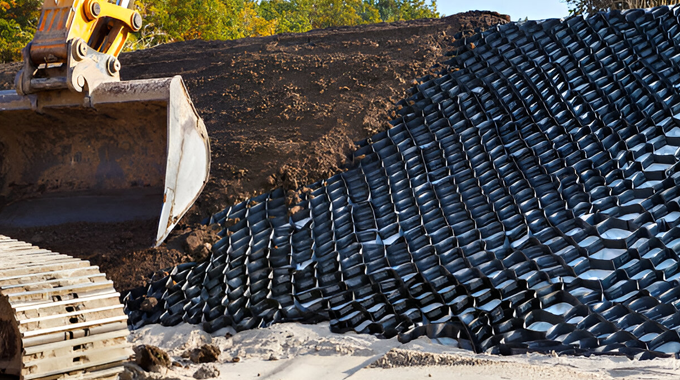
Techniques for Preventing Soil Erosion
- Mulching: Use organic materials to protect soil and retain moisture. Mulching also adds organic matter to the soil, improving its structure and fertility.
- Contour Planting: Plant along the natural contours of the land to reduce runoff. This method helps slow down water flow, allowing it to soak into the ground rather than washing soil away.
Managing Water Resources
Proper water management is important for forest health. During dry periods, supplemental watering may be necessary, especially for young trees and newly planted areas, ensuring that watering mimics natural rainfall patterns to promote deep root growth.
Additionally, proper drainage is essential to avoid root diseases, which can be achieved by creating swales or installing drainage systems in areas prone to standing water.
Promoting Biodiversity with Woodland Maintenance Advice
Planting Native Species
Native species are well-adapted to local conditions and support local wildlife.
- Benefits: Enhance ecosystem resilience and support biodiversity by providing food and habitat for native animals and insects. Native plants are also less likely to become invasive and disrupt local ecosystems.
- Planting Techniques: Use local seed sources and plant during optimal seasons. Group plants according to their water and light needs to create microhabitats that support a variety of species.
Creating Diverse Habitats
Diverse habitats support a wide range of species and contribute to ecosystem stability. Habitat features should include varied vegetation layers, water sources, and nesting sites to provide a mix of trees, shrubs, and ground cover that support different wildlife needs.
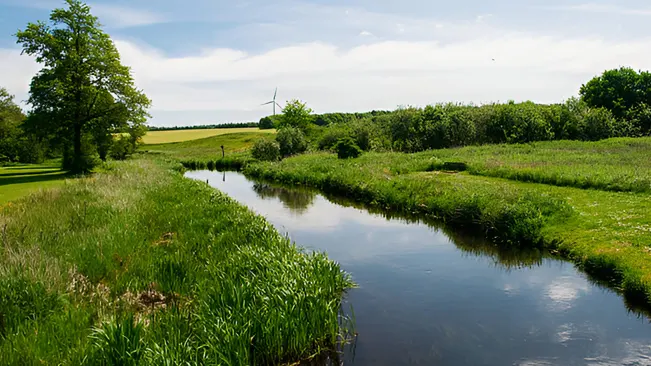
Maintaining variety is crucial, so regularly introduce new plant species and maintain habitat structures. Avoid overplanting a single species to prevent monocultures, which are more vulnerable to pests and diseases.
Supporting Wildlife
Implement practices that enhance habitats for local wildlife. For food sources, plant fruit-bearing trees and shrubs and include a variety of plants that flower and produce seeds at different times of the year to provide a continuous food supply.
For shelter, provide deadwood and nesting boxes for birds and mammals, and leave fallen logs and branches in place to create habitats for insects and small animals. These steps ensure a balanced and supportive environment for wildlife in your woodland.
Fire Prevention and Safety
Reducing Fire Risk
Managing vegetation and removing excess fuel can significantly reduce fire risk. This includes regularly clearing deadwood and dry vegetation, creating defensible space around structures, and establishing firebreaks that prevent fire from spreading and jumping across areas.
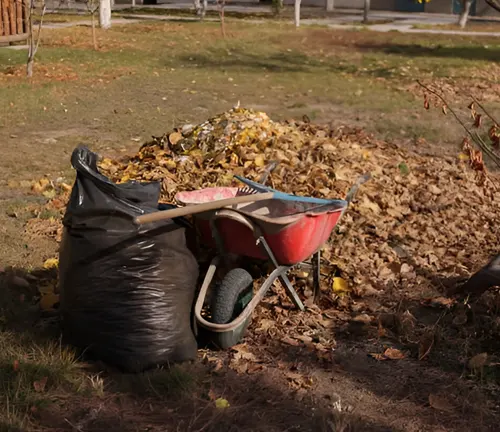
Fire Safety Protocols
Develop and implement fire safety plans to protect forests and human life by having clear evacuation routes, communication plans, and ensuring all forest workers and visitors are aware of emergency procedures.

Educate staff and volunteers on fire prevention and response, conduct regular fire drills, and ensure everyone knows how to use firefighting equipment.
Sustainable Practices
Implementing Eco-Friendly Forestry Techniques
Adopt practices that minimize environmental impact and support long-term sustainability.
Reduced Impact Logging
Use techniques that minimize damage to the forest floor, such as directional felling and using machinery that causes less soil compaction.
Sustainable Harvesting
Ensure that timber harvesting does not exceed the forest’s natural regeneration rate. This can be achieved by following guidelines for sustainable yield and leaving seed trees to ensure natural regeneration.
Strategies for Long-Term Preservation
Develop management plans that focus on preserving forest health for future generations.
Monitoring and Adaptation
Regularly review and adjust management practices based on ongoing assessments. Incorporate adaptive management principles to respond to changing conditions and new information.
Community Involvement
Engage local communities in forest management activities. Educate the public about the importance of forest conservation and encourage participation in stewardship programs.
Benefits of Sustainable Woodland Management
Sustainable practices enhance forest resilience, support biodiversity, and provide long-term economic benefits. Healthy forests can provide ecosystem services such as clean air and water, carbon sequestration, and recreational opportunities.
Conclusion
Maintaining healthy woodlands is essential for preserving biodiversity, supporting sustainable timber production, and ensuring ecosystem balance. By implementing effective woodland maintenance practices, you can significantly enhance the health and resilience of forests.
Continuous monitoring, adopting sustainable practices, and promoting biodiversity are key to successful woodland management. Through these efforts, we can ensure that forests remain vibrant and healthy for future generations.
Frequently Asked Questions (FAQ’s)
- What is woodland maintenance?
Woodland maintenance involves activities like tree thinning, pruning, and managing soil and water to keep forests healthy. It also includes monitoring forest health and implementing sustainable practices to ensure long-term ecological balance. - Why is woodland maintenance important?
It helps preserve biodiversity, supports sustainable timber production, and keeps the ecosystem balanced. Proper maintenance ensures forests remain resilient against diseases, pests, and environmental changes. - How often should I assess the health of my woodland?
Seasonal assessments are best, but check more often after major weather events. Regular assessments help detect issues early and maintain forest health. - What are the best times for tree pruning?
Late winter or early spring is ideal for most trees. Pruning during these times helps prevent disease spread and supports tree recovery before the growing season. - How can I prevent soil erosion in my woodland?
Use mulching and contour planting to protect soil and reduce runoff. These techniques help retain moisture and improve soil structure. - What are the benefits of planting native species in my woodland?
Native species support local wildlife and are well-suited to the local environment. They enhance ecosystem resilience and reduce the risk of invasive species. - How can I reduce the risk of forest fires?
Clear deadwood, manage vegetation and create firebreaks to lower fire risk. Develop and implement fire safety plans and train staff and volunteers in fire prevention. - What is tree thinning, and why is it important?
Tree thinning removes some trees to reduce competition, helping the remaining trees grow better. It promotes a healthy forest structure and improves tree vitality. - How does proper water management benefit my woodland?
Ensures trees get enough water without waterlogging, promoting healthy growth. Proper drainage and watering practices are essential for preventing root diseases. - What are sustainable forestry practices?
Practices like careful logging and sustainable harvesting that protect the forest in the future. These practices support biodiversity, maintain ecosystem balance, and ensure forests can regenerate naturally.
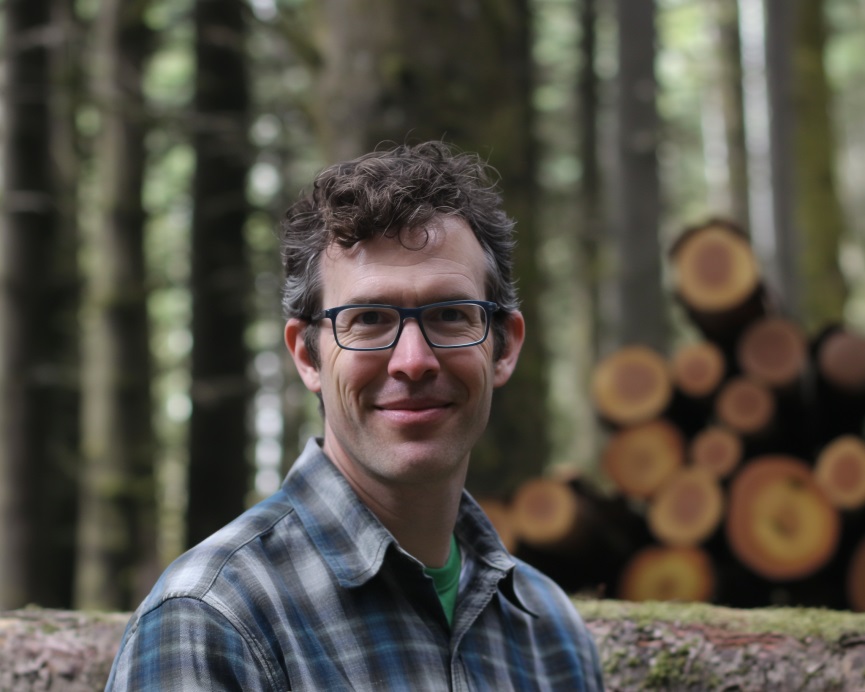
James Wilson
Forestry AuthorJames Wilson has over 15 years of experience in forestry economics, specializing in sustainable practices, investment opportunities, and financial management. He has contributed to notable publications like "Forestry Today" and "EcoFinance Journal" and is known for providing practical and insightful advice. With a degree in Environmental Economics, James stays updated through continuous learning and active participation in industry discussions. Outside work, he enjoys hiking and nature photography, bringing a well-rounded perspective to his professional role.


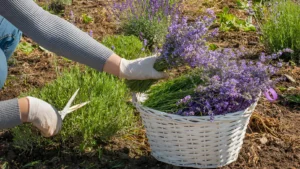
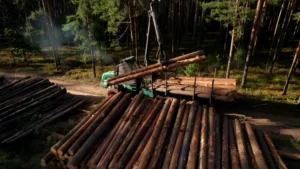
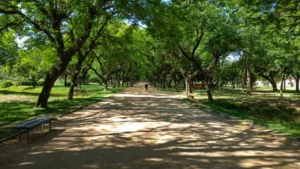
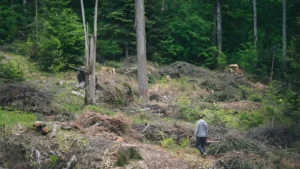

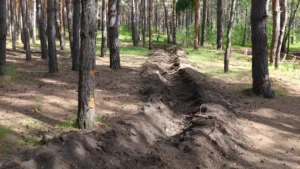

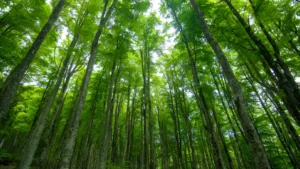
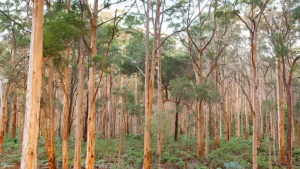
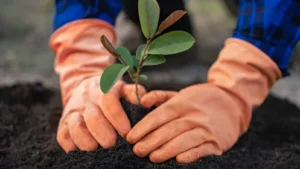

Leave your comment